Main Concept
Circular Economy case study by means of design and produce goods out of byproducts for global specialized/niche markets.
Promote the Digital Fabrication Literacy and application among the local Agricultural and Fishery communities.
Strategy
Identify byproducts that could become luxury elements and propose/set local distributed production chain which would distribute value creation among the contributors (locals / contributor's).
Methodology
Ethnomethodology
In which I’m perform as previewd in the methodology ethnomethodology (Clayman, 1991) point of view create a IS artifact, the HCI MLP, made of “constructs (vocabulary and symbols), models (abstractions and representations), methods (algorithms and practices), and instantiations (implemented and prototype systems)”.
Scrum approach to every day life...
Context
First I’d looked into the local markets to observe the leftovers and find out the fish skin, which could be transformed in fish leather.
But there’s no tradition of such transformation in Portugal, as among the most of the countries in the world.
I found interesting material among brazilian websites but narrowly described.
So, based on a mix of narrow and suspicious recipes and scientific papers, I finally came out to 3 personal recipes that could be used for around 10 different types of local fish skin.
By internal design thinking exercises we got to a few product ideas from which we selected shoes due to the abundance of Pork fish skin.
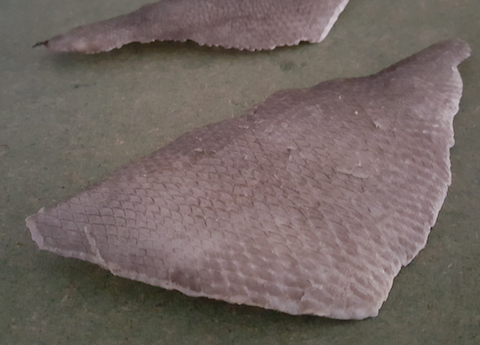
Some sketches
But to make fish leather shoes we would need the following technology support:
- Grab and fully extend fish leather pieces
- Cut - using a rotating knife
- Sew - using strong motors and hard needles due to the width of such fish leather
- ScanVisual scanning - to provide the designer the means to position cutting and sewing taking in consideration both the contour and texture of each individual fish leather.

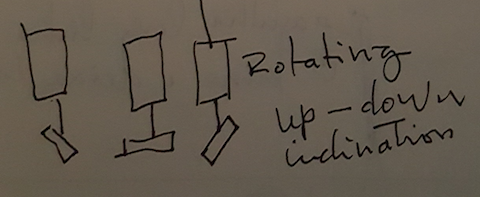
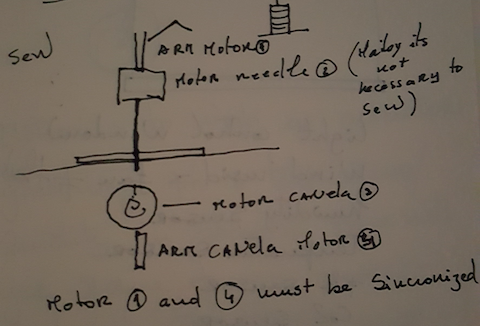

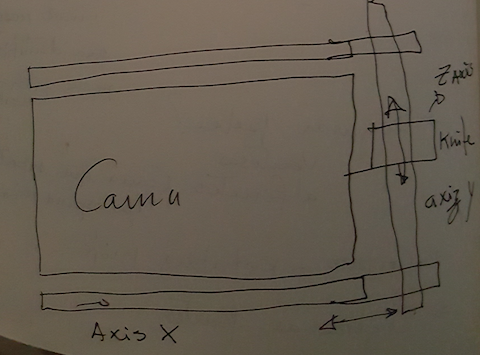
Re-starting...
Meanwhile I'd researched about local industry, specially Portuguese tanning industry and decided to invest on a Fulão:

Inpirations for Fulon
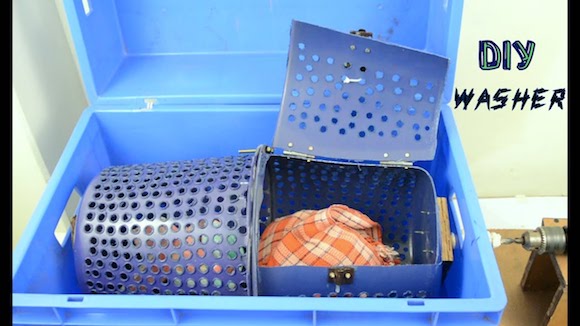
positive aspects:
- keep the skins together, without the need to move them between different baths
- very cheap and easy make, so doable for the local's to replicate
- could be used to keep the skins in running water
- pH and temperature sensors could be attached to main container
negative aspects:
- iron should be used both in contact with skins or even in contact with liquids
- interior basket holes should be softened so to not scrap the skins
- drill instability - substitute for a digital controlled motor so that can run in both directions
add ons:
- water supply
- water removal
- pH sensor
- temperature sensor
- timer
- odor control: air filter or vinagre vapor
- distance alert - send messages for mobile
 Creative Commons License
Creative Commons License